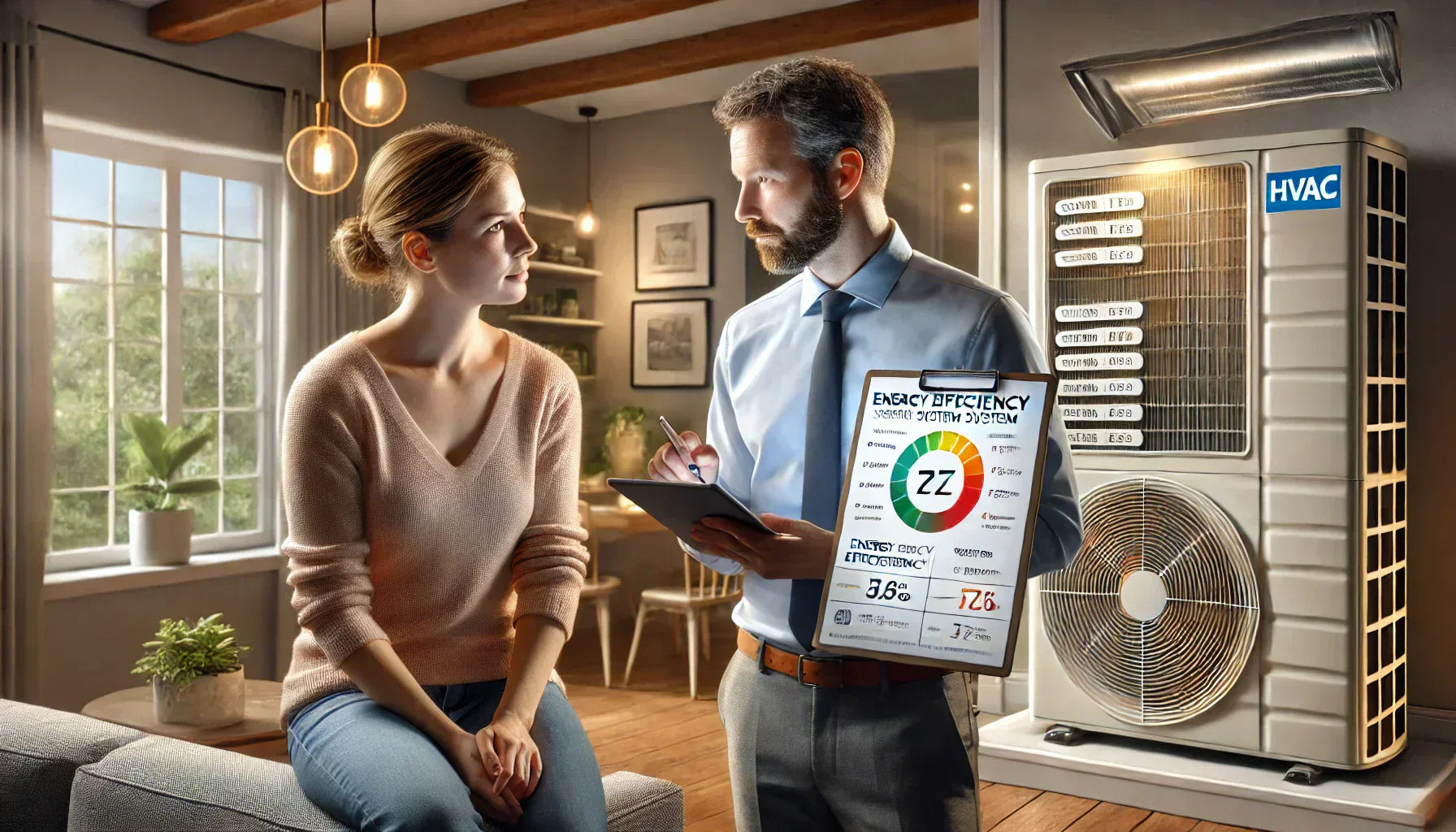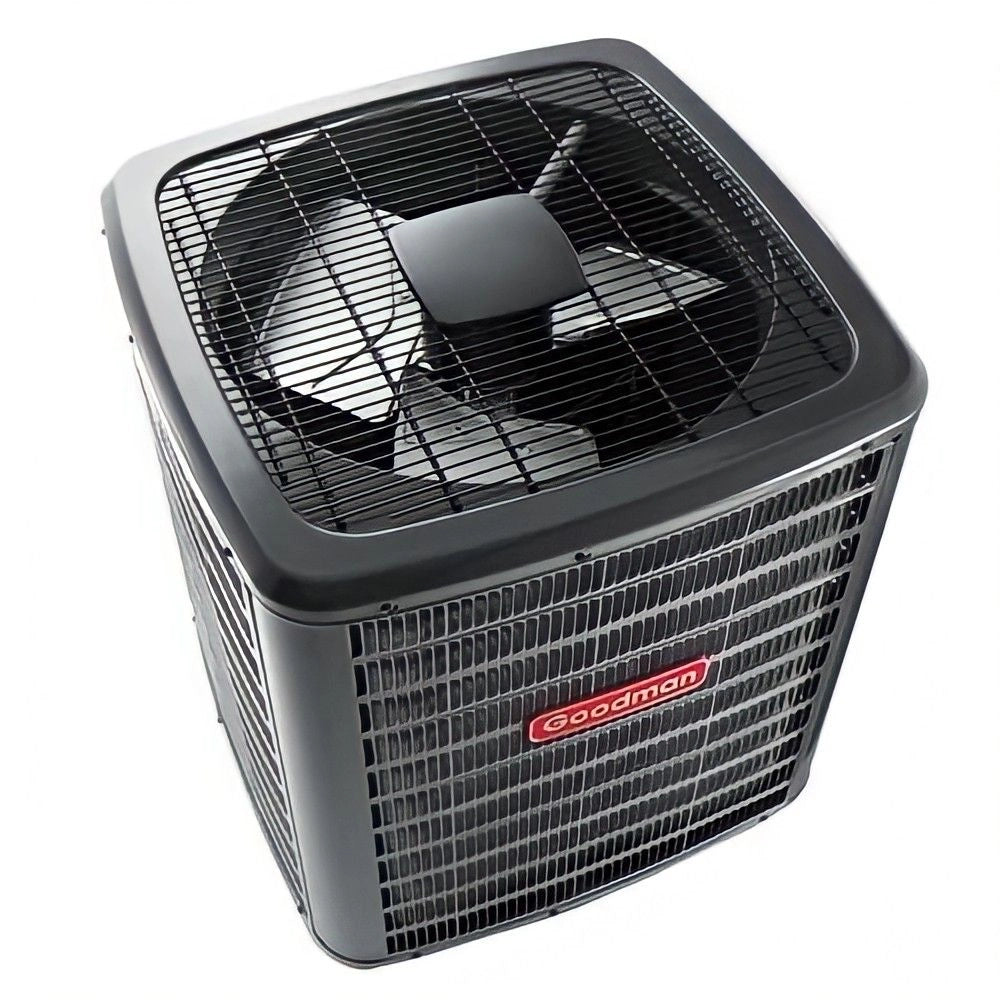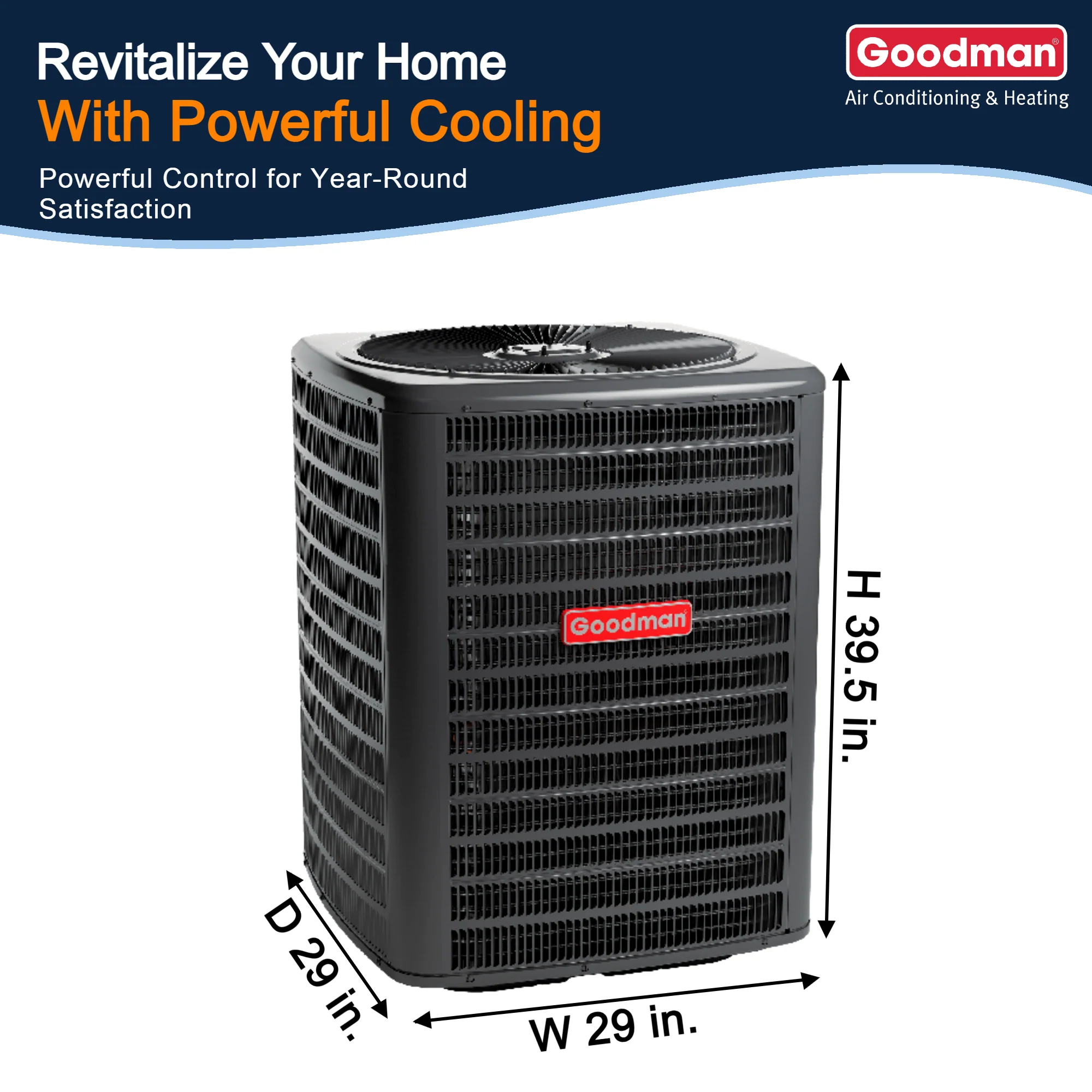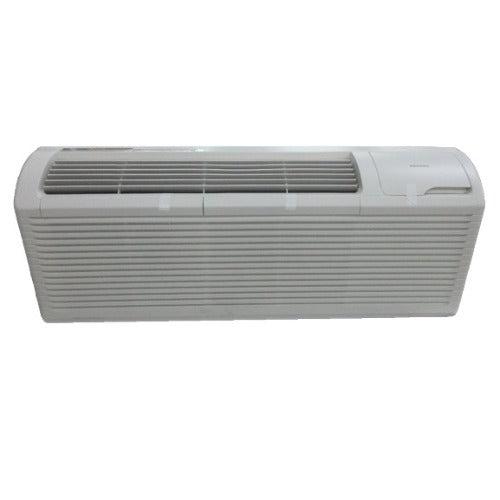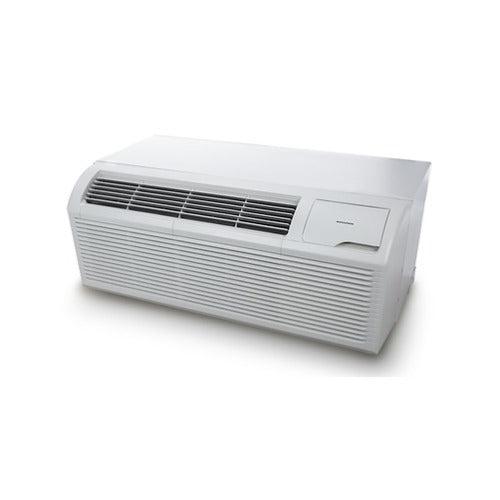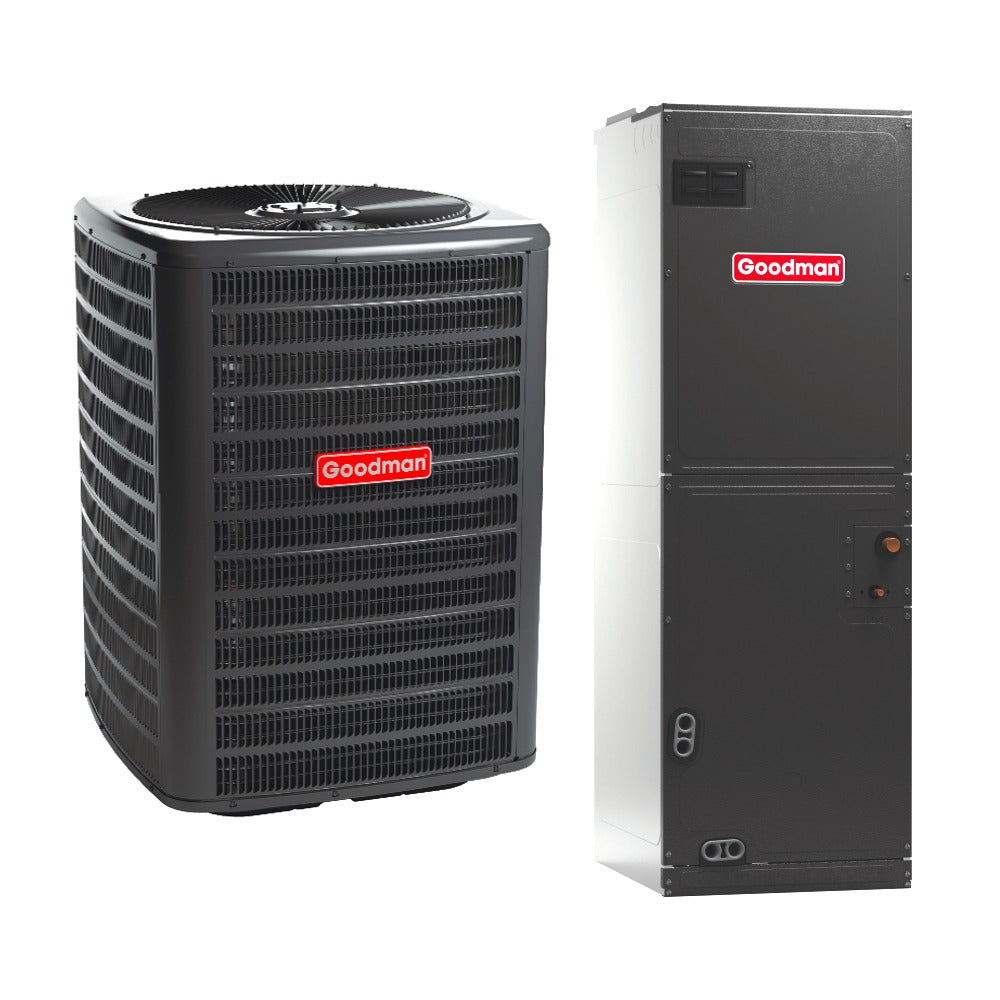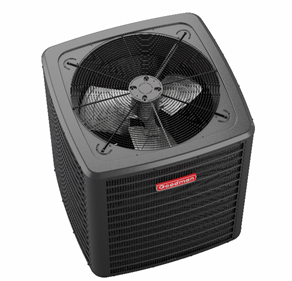Consumer Guide: Choosing the Best Central Air System
Introduction
This consumer guide provides an overview of central air installation, explaining the key factors, considerations, and features to look for when purchasing a new system. By understanding how a home AC installation works, you can make informed decisions when selecting and investing in an air conditioning unit installation that meets your needs.
Why Invest in a New HVAC System?
A new AC installation offers several benefits:
- Energy Efficiency: Modern units consume less energy while providing better cooling (energy-efficient air conditioning systems).
- Air Quality Improvement: Advanced filtration reduces allergens, dust, and humidity levels (indoor air quality standards).
- Increased Home Value: A properly installed HVAC unit enhances property value (how HVAC upgrades increase home value).
- Temperature Control: A well-installed central heat and air system ensures consistent indoor climate control.
Key Considerations When Selecting a Central Air System
1. Choosing the Right AC System
When selecting an air conditioning system, consider the following:
- Home Size & Cooling Capacity: An improperly sized system can lead to inefficiency and discomfort.
- SEER Rating: The Seasonal Energy Efficiency Ratio (SEER) indicates energy efficiency (SEER rating and energy efficiency).
- Ductwork Condition: Existing ductwork affects the complexity of central air conditioner setup.
- Budget & Cost Factors: Comparing HVAC unit deals with installation ensures cost-effectiveness.
2. Preparing for Installation
Before finalizing your purchase, it’s important to assess the following:
- Home Evaluation: Determine cooling requirements for different zones.
- Ductwork Inspection: Identify leaks or necessary repairs.
- Electrical Compatibility: Ensure the system meets power requirements (National Electrical Code compliance).
- Placement Planning: Select the best location for the air con unit installation to maximize efficiency.
3. Understanding the Installation Process
A professional air conditioning unit installation generally includes:
- Setting Up the Outdoor Unit: Ensuring proper placement and airflow.
- Installing the Indoor Unit & Ductwork: Secure connections for maximum efficiency.
- Electrical & Refrigerant Line Setup: Safe wiring and refrigerant charging (ASHRAE guidelines for refrigerants).
4. System Testing and Performance Evaluation
Once the central air conditioning unit installation is complete, professionals will:
- Run Performance Tests: Checking cooling efficiency.
- Calibrate the Thermostat: Ensuring accurate temperature control.
- Provide Maintenance Guidelines: Learning how to optimize system performance.
Cost Considerations When Purchasing a Central Air System
Factors influencing the cost of installing a new AC unit include:
- System Size & SEER Rating: Larger and higher-efficiency units tend to cost more.
- Material & Equipment Costs: Pricing for ducts, wiring, and refrigerant.
- Installation Complexity: Additional modifications can increase costs.
Professional Installation vs. Self-Installation
While professional installation ensures optimal performance, some homeowners consider DIY home aircon installation. Here are the key differences:
- Expertise & Accuracy: Professionals ensure proper installation, reducing long-term repair costs.
- Compliance with Local Codes: Licensed technicians meet regulatory requirements (OSHA HVAC safety standards).
- Warranty Protection: Many manufacturers require professional installation for warranty coverage.
Maintaining Your Central Air System
Regular maintenance can extend the lifespan of your new HVAC installation:
- Air Filter Replacement: Ensures clean air and system efficiency (EPA guide to air filters).
- Ductwork Inspection: Prevents energy loss from leaks.
- Annual Professional Servicing: Keeps your system running efficiently.
Conclusion
Choosing the right central air system is a critical investment in home comfort and efficiency. Understanding the air conditioning unit installation process, evaluating system features, and considering maintenance needs can help you make an informed purchase. Whether upgrading an old system or installing a new AC unit, this guide equips you with essential knowledge for a confident decision.

